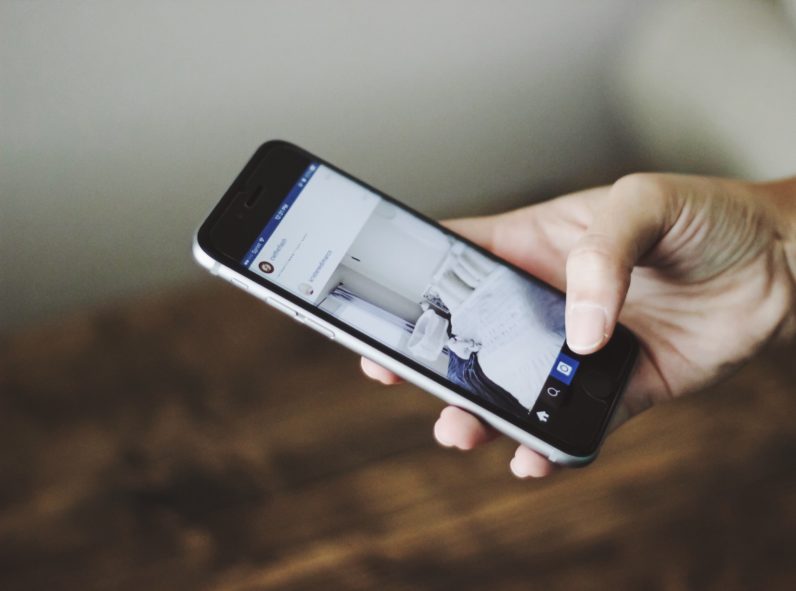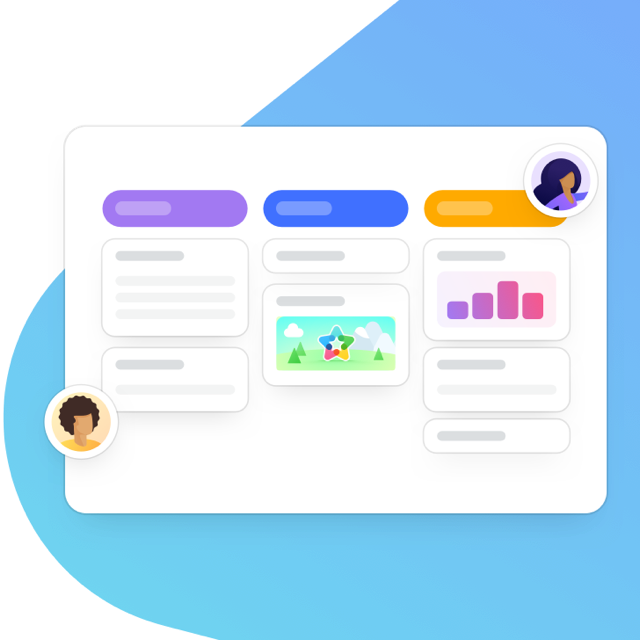When was the last time you spent a day without your phone? Half a day? Heck, even a couple of hours? If you’re anything like me, you probably can’t remember a time where you were purposefully without your phone.

Our lives—both personally and professionally—have become so controlled by the flow of communication that even a few minutes without our phones within reach has been shown to cause anxiety, physical signs of stress, and even depression in some users.
But despite their misgivings, our phones are also incredible tools for productivity, when used properly. Unfortunately, few of us do this.
Instead of supporting us with the work we need to do, our phones become beacons for interruptions. You might be always on and available for important messages. But you’re also always on and available for stress-inducing Slack messages, aggravating emails, and a constant stream of busy work.
So with our phones so firmly ingrained in our day-to-day, the question becomes: Can we still be productive, even with our devices around us 24/7?
It’s not how much you use your phone that’s a problem. It’s how often you impulsively check it.
You probably know you should be looking at your phone less often. But it’s not entirely your fault that you can’t leave it alone.
As humans, we’re driven to seek rewards of all sorts. And every time you look at your phone and see a little red dot next to an app or feel it buzz in your pocket, it sends a signal your brain just can’t ignore.
You see, every time you get a notification from your phone it’s like pulling on a slot machine. Your brain doesn’t know whether it’s going to get an Instagram like, a new Twitter follower, a text from an old friend, or a spam email. And to be honest, it doesn’t matter. This kind of variable reward system is how we learn and build habits and it’s pretty much impossible to ignore.
So what do you do?
The easy answer is to say you’re going to turn off all notifications. Unfortunately, that doesn’t work either.
According to Nir Eyal, author of Hooked: How to make habit-forming products, apps and tools on your phone have become so good at forming habits that they don’t even need notifications to steal your attention. We check our phones not just because something told us to. But because we’ve built habits that tell us to do it on our own.
It’s gotten so bad that researchers have found that even a silent phone near you causes increased anxiety, stress, and disruption to your focus.
Instead of trying to go cold turkey and block the external triggers drawing us to our phones, we need to find ways to tame its constant pull and build a better relationship that puts us in control of when and how we use it.
Here are a few suggestions to get you started:
Step 1: Create distance between you and your phone to lessen your habit of “Checking in”
One of the main issues we have with our phones is simply just how present they are in our lives.
According to marketing firm dscout, we “touch” our phones 2617 per day. Meanwhile, Apple recently revealed that iPhone users unlock their phones around 80 times every 24 hours.
When it comes to the work things that pull at our attention—email and instant messengers like Slack—we found the average user checks in nearly every 7.5 minutes. Whichever number seems closest to your own usage, it’s clear we’ve built a habit of constantly needing to check in on our phones.
The first step in taming your phone usage is to create friction to disrupt that habit. As Catherine Price, author of How to Break Up With Your Phone, explains:
“We often try to jump in and start changing stuff without really taking the time that’s necessary to understand why we’re reaching for our phones, and how we feel when we are on our phones. And I think those are very powerful questions to ask.”
One solution that Catherine suggests in her book is to create a moment of friction as you reach for your phone. To do this, she’s created custom lock screen wallpapers that ask “What for? Why now? What else?”
Next, try to create more situations where you’re physically separated from your phone. Follow a recipe in a cookbook instead of on a website. Or simply place your phone in your bag instead of in your pocket. As Dr. Alex Soojung-Kim Pang, author of The Distraction Addiction, explains:
“Not carrying your phone right against your body but carrying it in your bag can help ease some of that sense that you always need… to have a little of your attention turned towards your phone.”
Step 2: Remove immediate triggers from your home screen to stay on task
The scope for our phones to go from helpful tools to destructive forces depends on what we see the moment we open them. Your home screen is a battle for your attention. And unfortunately, most of us are on the losing side.
Tristan Harris of the Center for Humane Technology, calls these “menus.” Every time you open your phone, you’re presented with a menu of options and paths to choose from. The problem is, these menus don’t tell the whole picture, but rather limit our options of what to do. Worse than that, when we give ourselves distracting menus, we’re more likely to lose focus and slip off down the rabbit hole.
“The ‘most empowering’ menu is different than the menu that has the most choices. But when we blindly surrender to the menus we’re given, it’s easy to lose track of the difference.”
But unlike a restaurant where you go for specific dishes, we have full control over the menus we see on our phones. So ask yourself, what options do you want on your menu? Do you want social media, email, and games? Or notes, weather, and tools?
“By shaping the menus we pick from, technology hijacks the way we perceive our choices and replaces them with new ones. But the closer we pay attention to the options we’re given, the more we’ll notice when they don’t actually align with our true needs.”
To use your phone productively, you need to create the right menu. That means removing any distracting apps that will pull at your attention and bombard you with notifications. If you want to go to the extreme, you can even turn your phone greyscale to remove the color triggers from app icons.
Step 3: Practice better phone hygiene to set standards around focus and attention
How you use your phone doesn’t just affect you. It also signals to other people how they should use theirs as well. So if you want to tame your phone’s control over you, it’s going to have to be a group effort.
According to the Harvard Business Review, managers who frequently send emails and check their phones during meetings are 2.2 times more likely to have direct reports who do the same thing.
If you’re in a position of leadership at your company or just want to help the people around you spend less time on their phones, you need to be the source of change. Nir Eyal, author of Hooked, suggests creating something like a “digital hat rack.” With this approach, devices are left outside of meetings so you have more face-to-face interactions and are less likely to be distracted.
And it’s not just in-person behaviors that should be changed. If you send emails out of hours, you can expect to receive them as well. But if you wait to respond during working hours, you can slowly change the culture around how often people are expected to be “on”. This, of course, goes for Slack messages too.
Step 4: Use a tool to help understand and control your actual usage
Changing the way you use your phone means changing your behavior. And research has shown that to change the way we think and act, we need more than just willpower alone.
Thankfully, there are plenty of tools you can use to either add friction to your phone usage or track the time you spend on it for an accurate picture of just how much it’s impacting your workday. Here’s a few you might want to check out:
- Arianna Huffington’s Thrive App turns off notifications, calls, and texts except from people on your VIP list
- Siempo changes your interface to help you question why you’re using your phone
- RescueTime tracks the time you spend on your Android phone (and your desktop), giving you a super accurate view of how you’re using it and how much of your attention it takes
- Forest encourages you to stay away from your phone by growing virtual “trees” that die once you start using your phone.
While these tools can help change your behavior, they aren’t standalone solutions. It’s always more important to understand why you’re letting your phone distract you, rather than rely on an external tool to try to solve your problems.
It’s all too easy to vilify our phones as the source of all our distractions. But the truth is that they’re fantastic tools that can actually help increase our productivity, giving us the flexibility to work when and how we want to, and capture creative ideas quickly and in the moment.
Instead of blaming our phones, we need to start blaming the bad phone usage habits we’ve built. By creating friction when we feel the desire to use our phone, removing triggers, and creating a better culture around phone use, we can start to use them on our terms. Not theirs.

